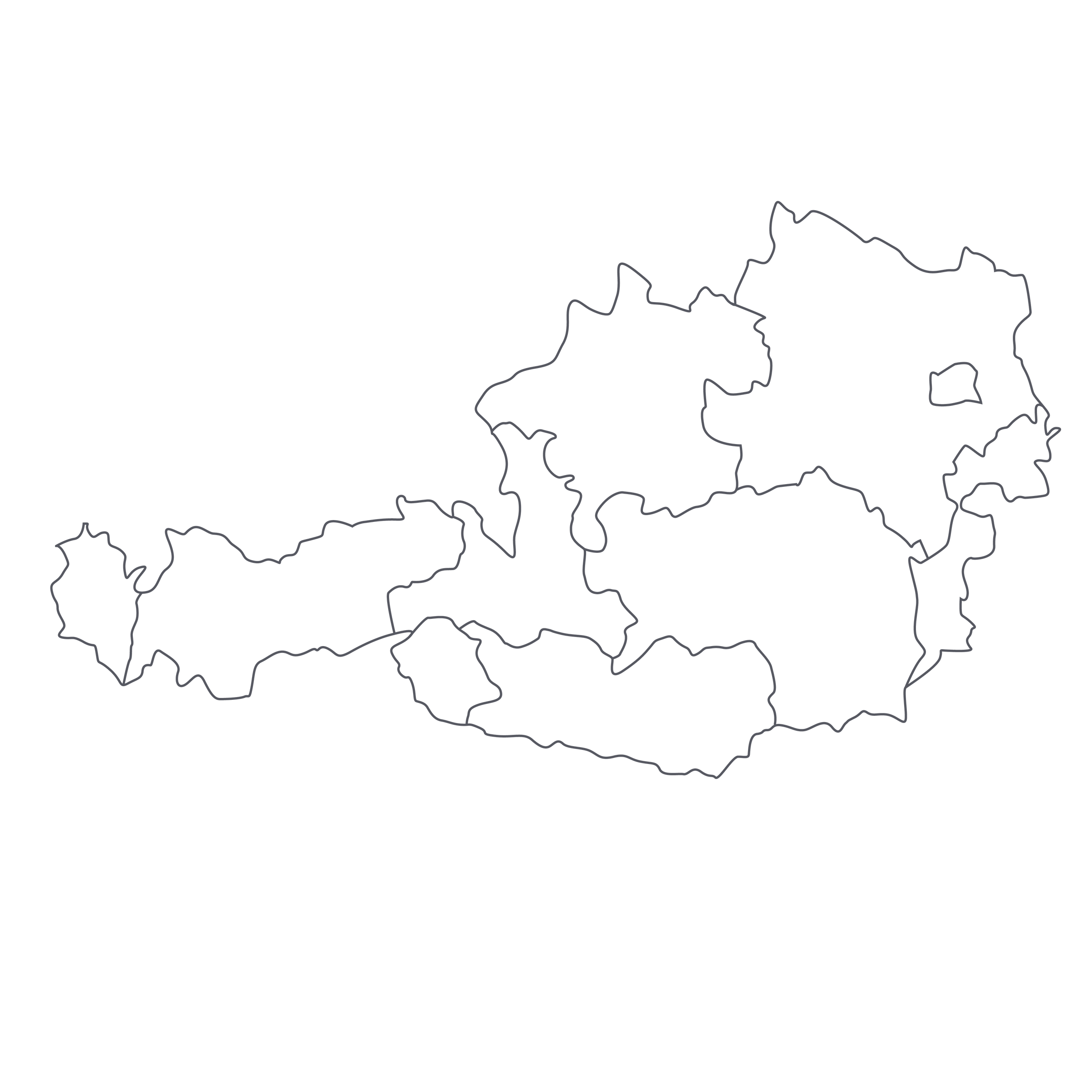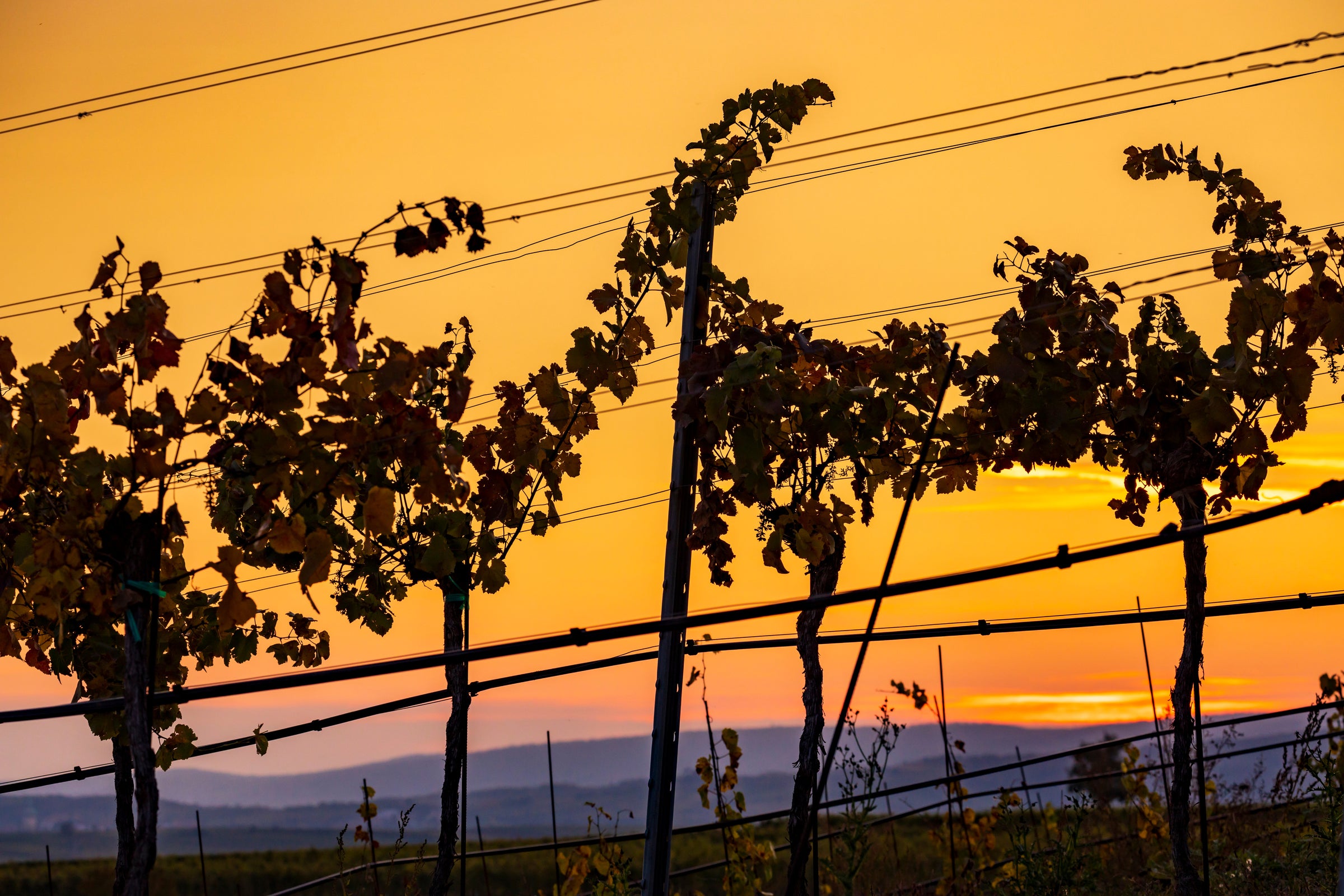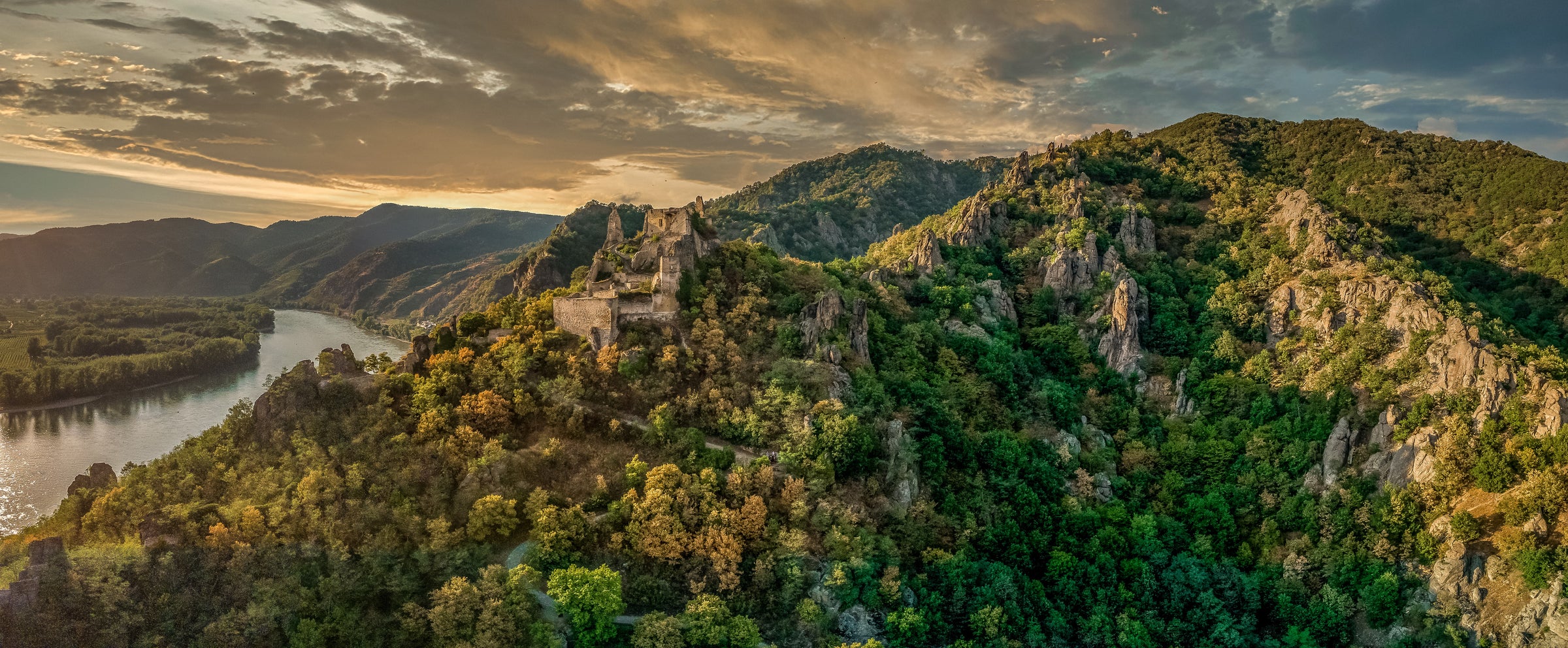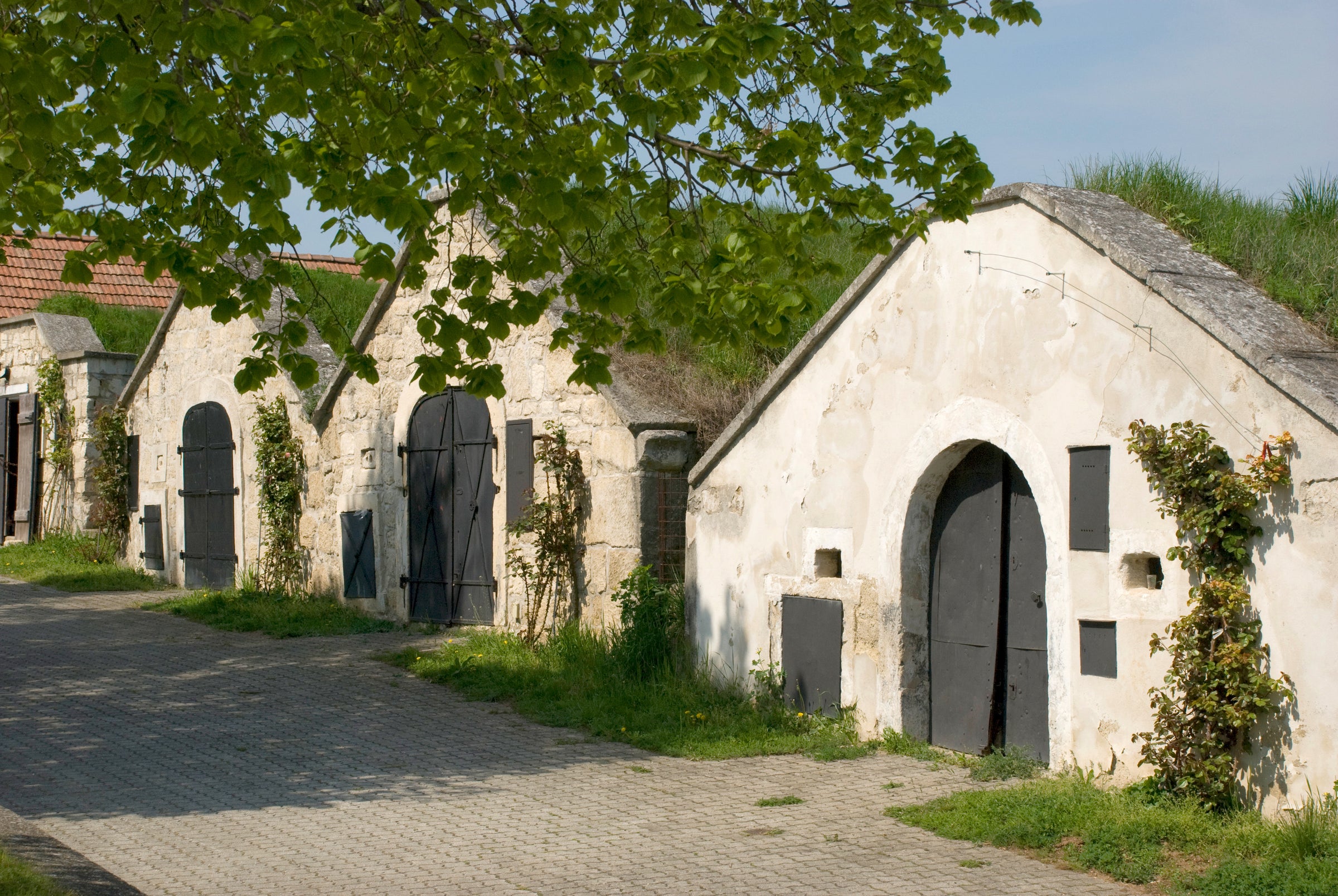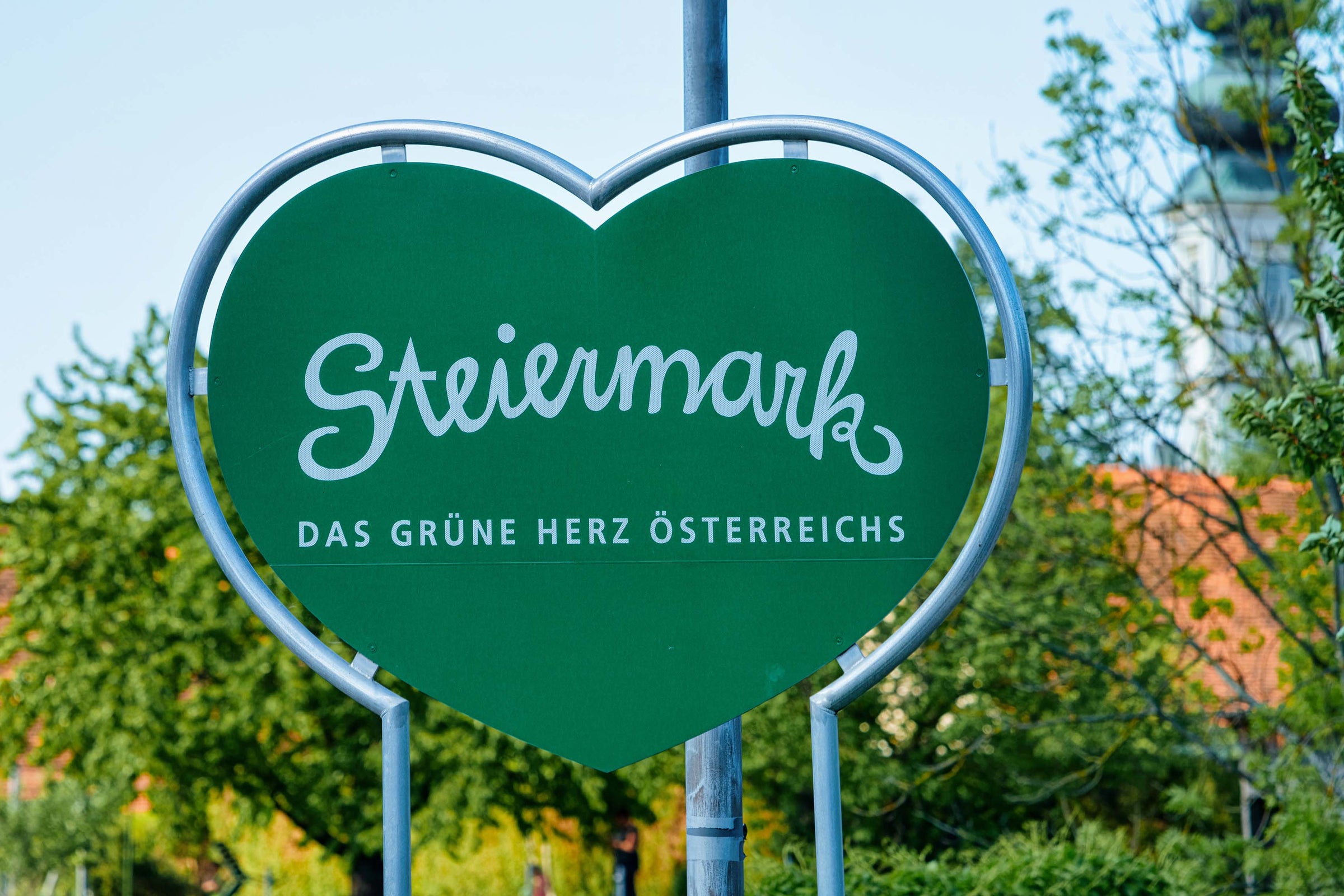It would be insulting to put this Grüner Veltliner on a shelf alongside a bunch of other similarly priced white wines. That would be like putting Lionel Messi into a high school soccer game. A single sip of Weingut Müller’s 2020, with its heady interplay of herb and pepper notes, its rocky minerality, its creamy yet refreshing texture, will suffice to explain why.
Brisk, spicy Grüner Veltliner is something I will never tire of. A single sip of Weingut Müller’s 2020, with its heady interplay of herb and pepper notes, its rocky minerality, its creamy yet refreshing texture, will suffice to explain why. This is a bottle I almost want to offer with a challenge: “How could you not love this wine?” It provides everything I want from the grape and delivers it at a price that’ll allow you to break out a bottle or two whenever the mood strikes. Some wines are perfect for a specific time and place, some for a particular dish, but I think of Grüner as the Swiss Army knife of wine—handy in any situation. But Müller takes it a step further, into seriously memorable territory, with this bottling: It’s crisp and refreshing, yes, but also structured, aromatically complex, and sneakily persistent. There’s simply no way to stretch your wine dollar further.
The Müller estate is located in the Kremstal, one of the “big three” of Austrian viticulture along with the Wachau and Kamptal. While it can be hard to differentiate stylistically between the three, I often find the Kremstal, with its heavier loess soils and grass-covered valleys splintering off the Danube river, produces an especially airy and high-toned style of Grüner. This particular bottling is sourced primarily from the Göttweiger Berg, one of the Müllers’ most prized vineyards, known for producing a more fruit-forward style of Grüner. I fall hard for this side of the grape. Many Wachau and Kamptal wines aim to wow with luxurious textures and ample botrytis, and they do, but Müller’s lacy Kremstal Grüner seems content to just wallop you with pulsing, crystalline pleasure and leave it at that.
Frankly, the whole situation at the Müller estate seems like something out of a time long since passed. Begun in 1936 when Leopold Müller purchased a vineyard plot just outside of the city of Krems, there are now three generations of Müllers working at the winery. In fact, every member of the family works at the estate. Leopold Jr. now makes the wine, his brother Stephan farms the vineyards, his niece Verena cooks the food for their small restaurant, and the list goes on. Even the water they clean the winery with comes from a spring on their property. Don’t let the price fool you: this is no mass-produced corporate knockoff bottle, this is honest-to-goodness, hand-crafted artisanal stuff made by people who spend every day in their vines, which just so happen to be certified sustainable.
This is a textbook example of Grüner greatness. In the glass, it’s a shimmering pale straw with flecks of green. The nose bursts with ripe orchard fruits like Bartlett pear, green apple, and a touch of white peach. There’s the signature Grüner white pepper coming through, commingling with mint and chervil herbaceous notes, and even a hint of celery seed. The palate is medium-bodied, with a creaminess to it, buttressed by medium-plus acidity and a snappy, mineral finish. There’s a tiny hint of effervescence too, further amping up the refreshment. Lime zest and apple-pear fruit dominate on the palate, with a backing of wet rocks, white flowers, and zippy spice closing things out. Serve it cool at 45 degrees in all-purpose stems and it'll be an incredibly versatile wine at the table. I love it alongside anything bright and fresh, be it an arugula salad or sushi. For the true Austrian experience, though, have it next to a platter of cured meats and some pickles, and you too will soon be grabbing Grüner every chance you get!
